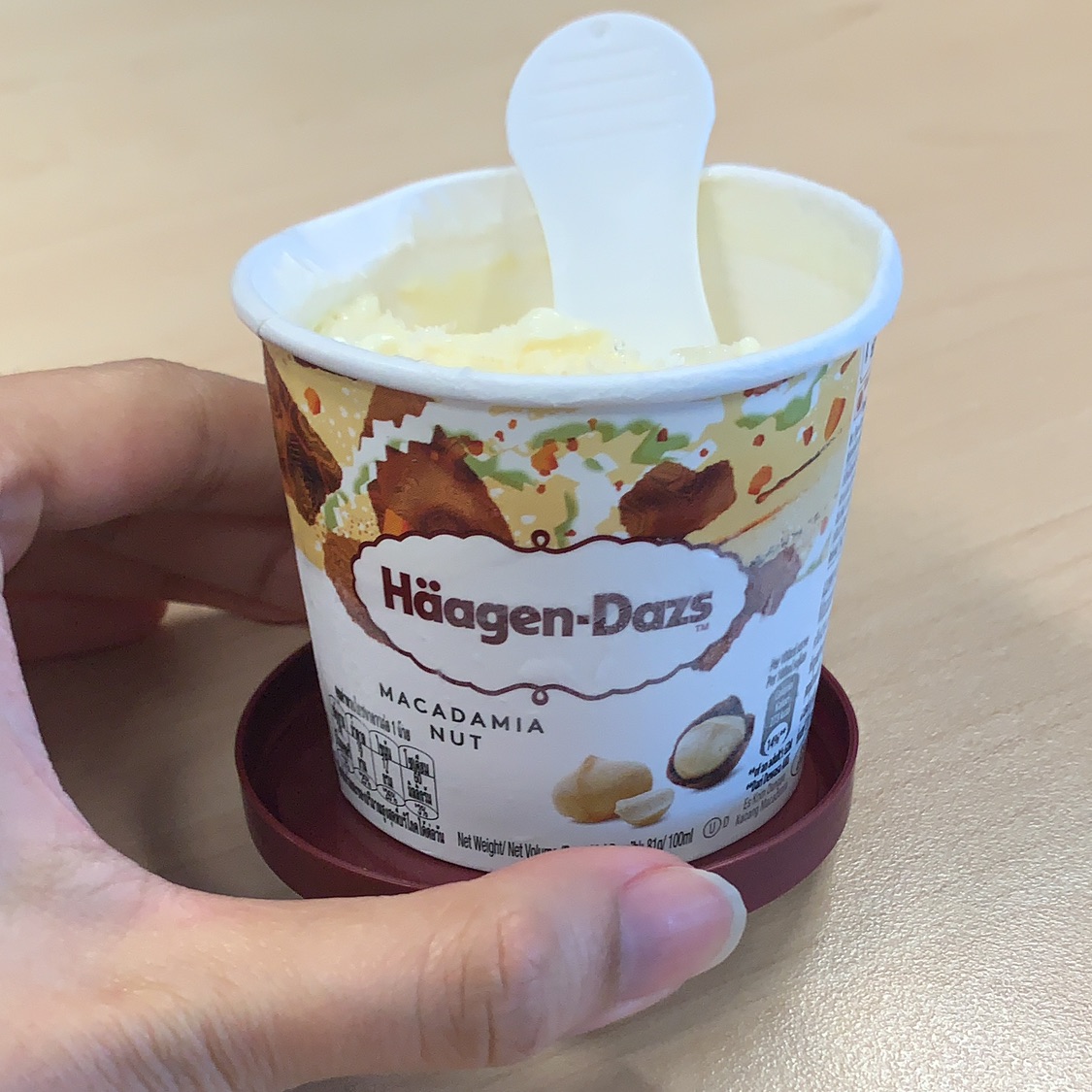
Minhoshuting
No personal profile
318Follow
29Followers
0Topic
0Badge
Like n comment pls
Is the Stock Market Open or Closed on Independence Day?
Like n comment pls thanks
Sorry, the original content has been removed
Like pls
Sorry, the original content has been removed
Like pls
Amazon: Undervalued With Potential Upside Of 25%
Ok
Want to Retire With $1 Million? Invest $250,000 in These Tech Stocks and Wait 10 Years (or Less)
Like
BOE Opens The Door for 2021 Rate Hike as Inflation Seen Above 4%
Like n comment pls
Sorry, the original content has been removed
Comment pls
Morgan Stanley: This Cycle Will Be "Hotter But Shorter" Than Usual
Ok
3 Stocks to Avoid This Week: GameStop, ChargePoint and Conn's
haha
Sorry, the original content has been removed
Sweeee
Xiaomi Corp's 1Q Results Beat Estimates
Gogo
Sorry, the original content has been removed
I
7 Dangerous Dividend Stocks to Sell Now
Okie
U.S. Consumer Price Index Surges 9.1% in June, Hottest Rate in Over 40 Years
A
Sorry, the original content has been removed
Ok
Sorry, the original content has been removed
Up down up down
Hot Chinese ADRs Slipped in Morning Trading
Ok
Is the Stock Market Correction Over?
Oki
Sorry, the original content has been removed
Ok
NetEase says less than 1% of its revenue comes from minors
Go to Tiger App to see more news